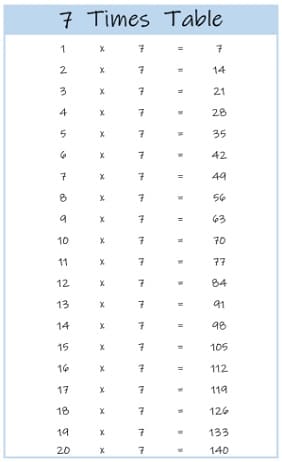

Typically, for a case to be confirmed, a person must have a positive result from laboratory tests. 1Ī confirmed case is “a person with laboratory confirmation of COVID-19 infection” as the World Health Organization (WHO) explains. This means someone who is showing symptoms of COVID-19 and has either been in close contact with a positive case, or is in a particularly COVID-affected area. These definitions are often specific to the particular disease, but generally have some clear and overlapping criteria.Ĭases of COVID-19 – as with other diseases – are broadly defined under a three-level system: suspected, probable and confirmed cases.Ī suspected case is someone who shows clinical signs and symptoms of having COVID-19, but has not been laboratory-tested.Ī suspected case with an epidemiological link to a confirmed case. In epidemiology, individuals who meet the case definition of a disease are often categorized on three different levels. In addition, recently-discovered or actively-monitored variants may be overrepresented, as suspected cases of these variants are likely to be sequenced preferentially or faster than other cases. Since only a fraction of all cases are sequenced, this share may not reflect the complete breakdown of cases. We obtain the share of each variant by dividing the number of sequences labelled for that variant by the total number of sequences.

We download aggregate-level data via .Īll countries report data on the results from sequenced samples every 14 days, although some of them may share partial data in advance.

(2017) Data, disease and diplomacy: GISAID’s innovative contribution to global health. Khare, S., et al (2021) GISAID’s Role in Pandemic Response. We recognize the work of the authors and laboratories responsible for producing this data and sharing it via the GISAID initiative. Our data on SARS-CoV-2 sequencing and variants is sourced from GISAID, a global science initiative that provides open-access to genomic data of SARS-CoV-2.


 0 kommentar(er)
0 kommentar(er)
